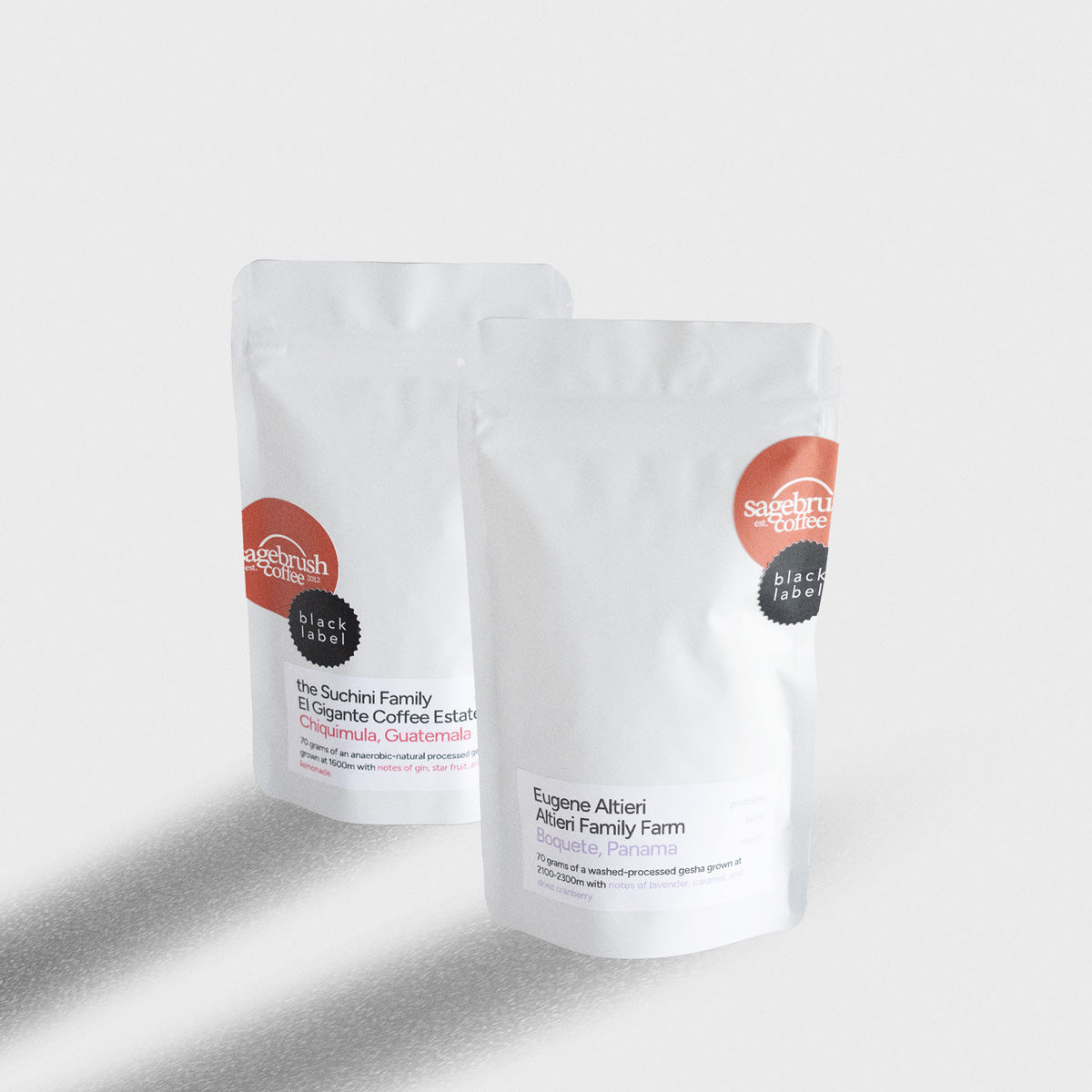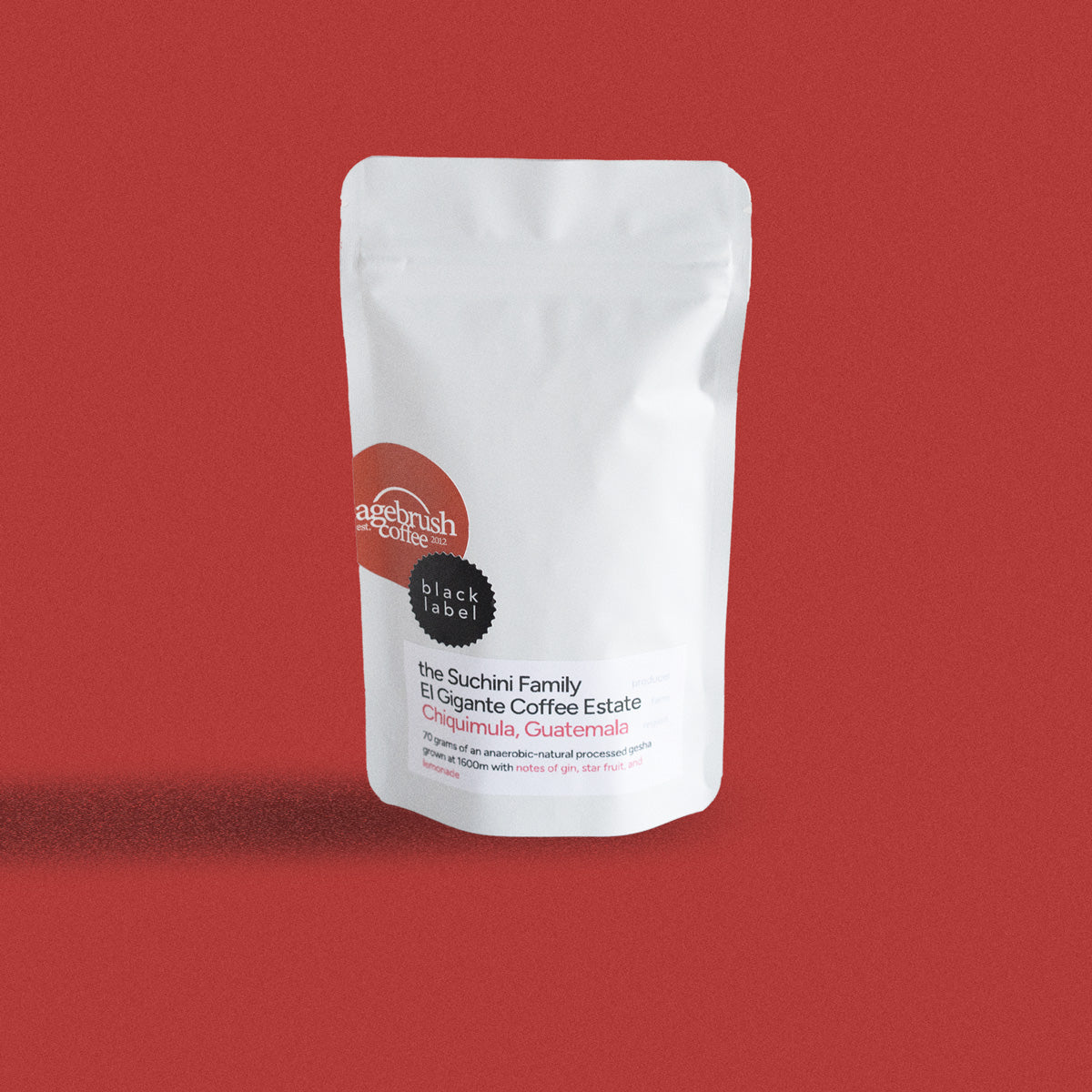
Haven't read part 1 of this series? Click here to catch up!
We know that coffeehouses began in the Ottoman Empire, but how did they spread to Europe and then eventually to the U.S. Let's take a trip around the world to learn more about how the early coffeehouses originated. We start in Turkey, go to Italy, make a stop in France, eventually get to England, and finally to the United States. Coffee made its way around to many other places around Europe. If I were writing a book on the coffeehouse origins, I would stop and visit many other sites. But this is a blog post, and I would like you to read it until the end. So, this is a brief and concise history of the coffeehouse.
Italy
In around 1600, Turkish merchants would sell coffee beans beyond Turkey. They would travel to places like Venice, and then travelers from Venice would take it to other cities in Europe. There isn't much documented about the early Italian coffeehouses. Still, we know that Caffe Florian located in Venice's Piazza San Marco was founded in 1720 and is the oldest operating coffeehouse in the world to this day.
France
From Venice, travelers and merchants would take coffee to cities like Marseilles in France. In 1657 as the popularity of coffee grew, Sultan Mehmet IV visited France and presented King Louis XIV with coffee beans. His gift introduced the French to authentic Turkish Style coffee. By the 1670s French coffeehouses began to open and provided a place for social gatherings, political dialogue, and business.
England
In 17th and 18th century England, coffeehouses were popular places for people from all walks of life to go and meet socially. While the flavor of coffee to the British wasn't very palatable, they enjoyed the effects of caffeine which also proved to be addictive. The first coffeehouse opened in Oxford, England, in 1662. The London Stock Exchange began in Jonathan's Coffee House in 1698, where people met to conduct business. Surprisingly, it was the London coffeehouses that were responsible for introducing tea to England. Even with the growing popularity of coffee throughout Persia and Europe, coffee never gained enough momentum to exceed tea consumption. England and a love for coffee maybe were never meant to be.
Coffee Reached North America in 1668
Travelers and merchants would eventually reach North America, and there were some coffee houses in the U.S., but tea was the preferred drink because of profound British influence. Coffee began to grow in popularity after the Boston Tea Party. The first documented coffeehouse in the U.S. was located in Boston in 1676 but would not grow in popularity because of tea was the primary choice. But, when tea became highly taxed, people began to look for other alternatives. Once tea became too expensive, people started to enjoy coffee, and Americans never looked back. The next major coffeehouse would be the Tontine Coffee House, established in 1792 which would become the original location of the New York Stock Exchange. It was a central place for conducting business while drinking coffee. From that small beginning in New York, the culture of the coffeehouse would begin.
Read the next part of this series by clicking below!


















